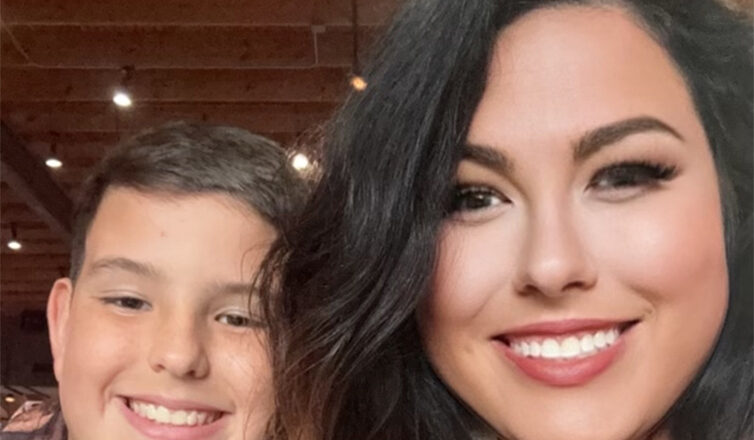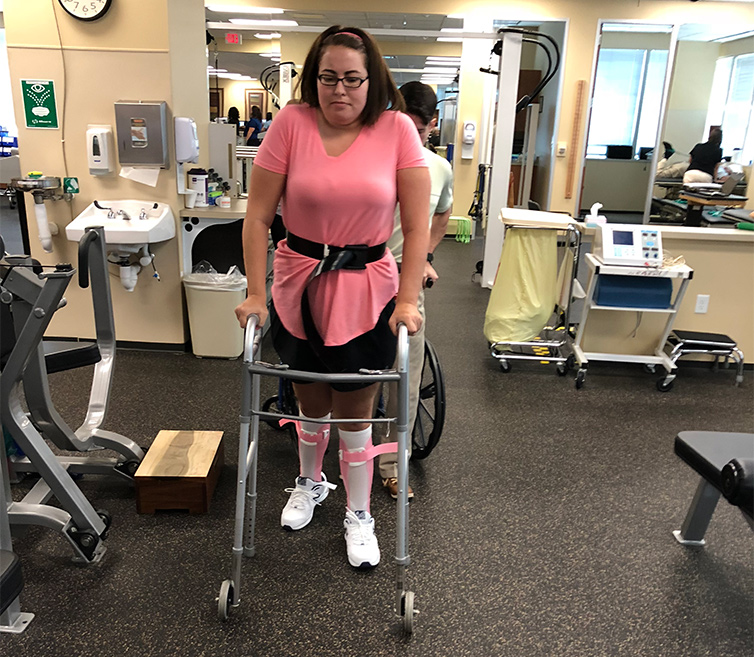Callison Carnes clearly remembers the day six years ago when her son started kindergarten. All of the parents were walking their children into class on the first day of school, and she could not make the short journey. She was in a wheelchair, unable to move her legs much, with a lack of energy that kept her nearly immobile. Callison had just been diagnosed with chronic inflammatory demyelinating polyradiculoneuropathy or CIDP.
“It was difficult to miss experiencing that first school day with my only son,” explains Callison. “It was a big moment to miss, but there were lots of little things I was unable to do as well. I had a hard time bathing myself, brushing my teeth, and tying my own shoes.”
CIDP Symptoms and Progression
CIDP is an autoimmune disorder that can cause progressive weakness in the arms and legs. The body’s immune system attacks the myelin sheath of the peripheral nerves. This damage disrupts the signals, leading to the characteristic symptoms:
- Weakness, especially in the legs and arms
- Numbness, tingling, or pain in the hands and feet
- Difficulty walking, maintaining balance, or coordinating movements
- Fatigue
CIDP can affect people differently. Some may experience a gradual decline in strength, while others face a more rapid progression, like Callison. She started losing feelings in her toes, then her feet got very heavy which caused her to walk slower than normal. Her doctor at the time told her she just needed to lose weight, but after falling and not being able to get up, it was clear to her that something else was wrong.
Callison saw a few other doctors in the next few years and was told she would likely never walk again and be in a wheelchair for the rest of her life. She would not give up on finding help, so she started looking for any clinical trials that may provide relief. Her search led her to Austin Neuromuscular Center and its research department, the National Neuromuscular Research Institute.
“We are committed to being involved in cutting-edge research involving neuromuscular conditions because we want to offer our patients hope and alternative treatment options,” says ANC neuromuscular neurologist Dr. Yessar Hussain. “Through our clinical research, we want to help develop or improve medicine, treatment, or better understand disease.”
New Hope for the Future
Callison began a clinical trial treatment and within one month could tell she had more energy. She says after two months, she was standing on her own again and walking without as much struggle. She now has the stamina to travel out of town for her job with a property management company.
“I don’t feel as restricted,” says Callison. “I get up every morning with more energy to get ready for the day. I can go grocery shopping by myself again, and I go to the gym to work out a few times a week. It’s not easy. I still have weakness in parts of my body, but I want to get to the point where I don’t think about CIDP every day.”
Callison is on a mission to educate others about CIDP and encourages other patients to be their own advocates and not stop looking for answers. She credits ANC for answering her questions and says its medical team feels like family.
Although she may have missed part of her son’s first day of kindergarten, she will be there as he graduates from the 5th grade and elementary school this year. Callison plans on being at every school party and activity as he finishes this chapter of his education. She’s also celebrating the beginning of her new chapter, one with more hope for living a free and quality life with CIDP.
To learn more about Austin Neuromuscular Center, the ALS Clinic, and our clinical research, click here or call (512) 920-0140. Follow us on Facebook, LinkedIn, Twitter, and Instagram for updates.

